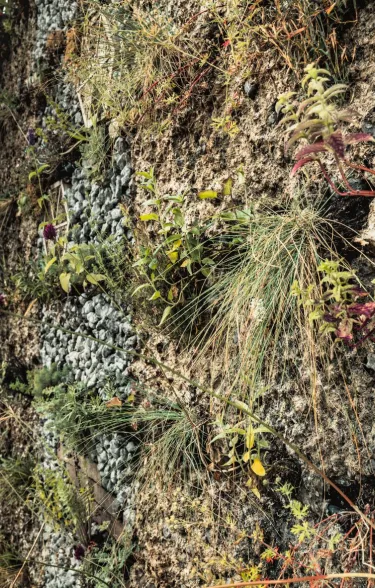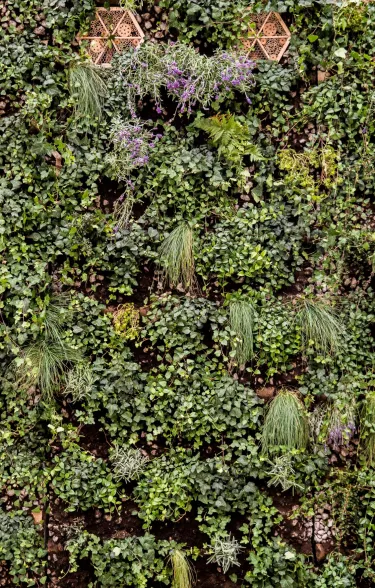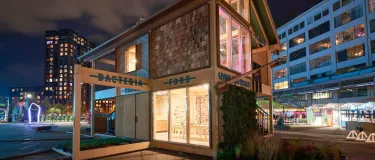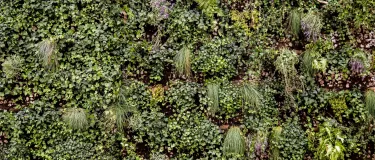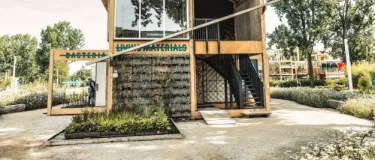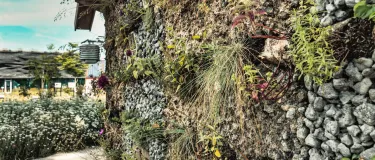"Climate change is a major challenge. For all of us.”
How do you turn concrete into a nutrient medium for plants? This is what we have in mind: A concrete wall as an oasis of green. A vertical garden that collects rainwater, making cities cooler (heat island effect) while promoting biodiversity and and tells through data everything about your building.
APPLICATIONS
Loading...
Welcome to Green City!
Housing
Quay
Noise barrier
Bridge
Entrance tunnels
Airport
Port





